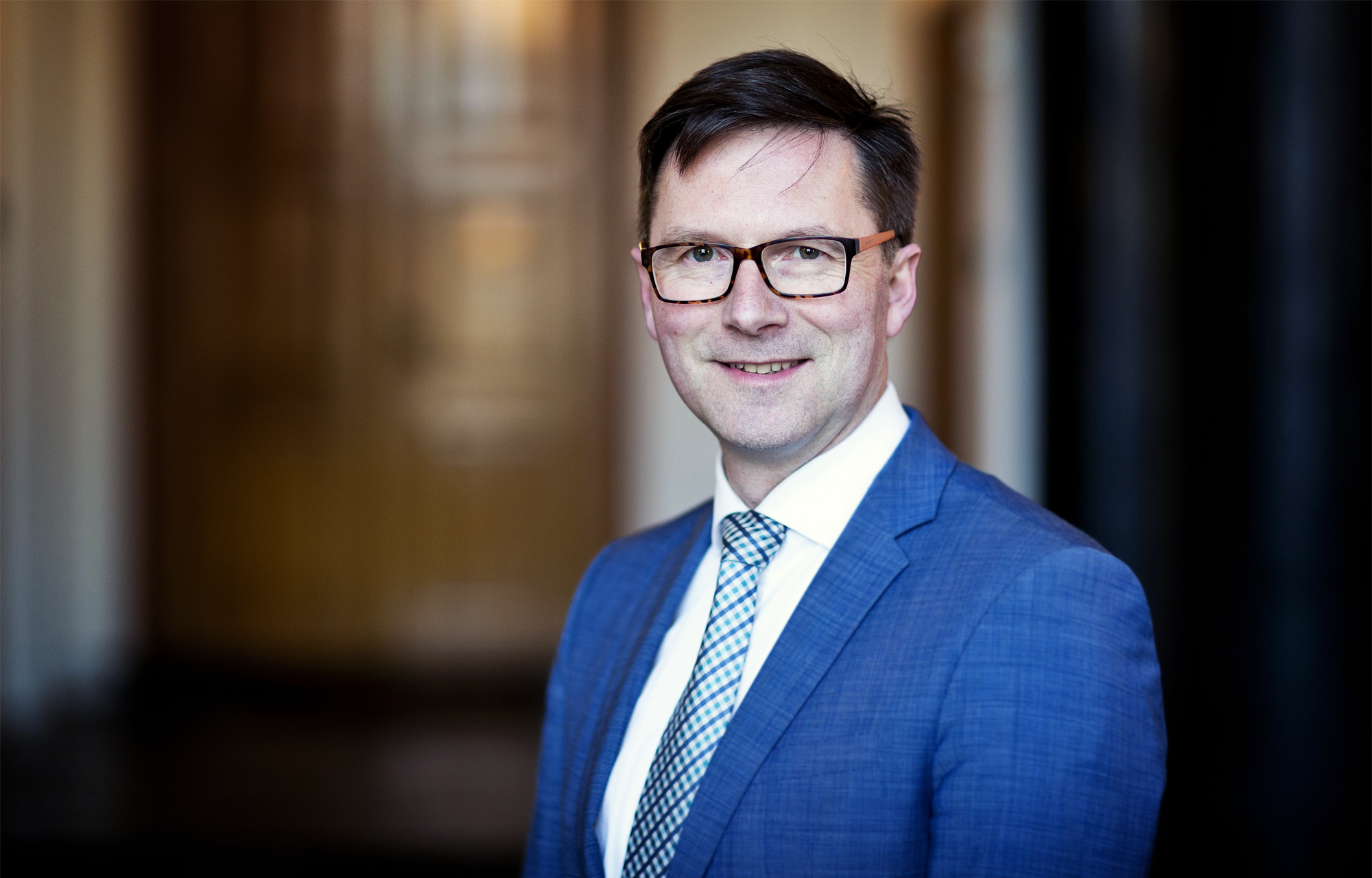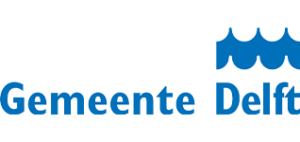Unbreakable Delft – How city and region join forces
Stephan Brandligt, Deputy Mayor of Delft

Stephan, isn’t your city, Delft, strong enough to produce and manage its own energy? Why do you need to reach out to neighbouring areas?
“Looking at Delft, and having estimated how much energy we will use now, in 2030, but also in 2050, and given the fact that all that energy should be fossil free, we cannot produce all that energy within our borders,” says Brandligt.
The Netherlands currently has an ambitious plan to wean the country off natural gas as it strives for net zero by 2050.
“Indeed, the Dutch government decided to close the gas extraction in Groningen, thereby starting the transition to a natural (fossil) free energy supply. For municipalities this means in concrete terms that a plan will be drawn up in the coming years how this transition to a different way of heating and cooling will be rolled out. As Delft, we can generate part of the heat and electricity that we use ourselves, think of geothermal energy and other small-scale heat sources, solar panels, perhaps a single wind turbine, even though it is very difficult with an airport nearby. What is not possible locally, must come from the region.
Den Haag has the same problem and in Rotterdam, the same problem is even bigger. That means that we have to cooperate within the region but also, since the region itself is not big enough, the region needs to cooperate with other regions. We need to make sure that everybody does what he can do and that we look at all the parts.”
Often times when we think of rural resources to meet urban energy needs, wind power (especially in the Netherlands) or solar power come first. But in your unusual case the resource is actually heat. Can you please explain why?
“Looking at the example of the district heating system, the importance of regional cooperation becomes very clear. The system will go from Rotterdam through Delft to The Hague and even further to Leiden in the north and to Dordrecht in the South. So we will have a district heating system that will be 40 to 50 kilometres wide. That involves a lot of cities and smaller towns. Therefore, we will need all the cities to cooperate and to have that district heating system in place.”
Cities are the places where we need to deal with climate change. City administrations know what citizens need and can best understand their concerns. From our experience, having a local angle is not always easy in the competitive world of heat and energy with very large incumbents. How do you manage, Stephan?
“We have a fair amount of local cooperatives with citizens and we hope that EU laws will protect them so that they can continue to exist. The current problem is that the voice of the small utilities is there but there is the risk that the big players are squeezing out all the smaller ones,” concluded Brandligt.
Stephan is also Vice-President of Energy Cities Board of Directors.
We interviewed Stephan in May 2019.

